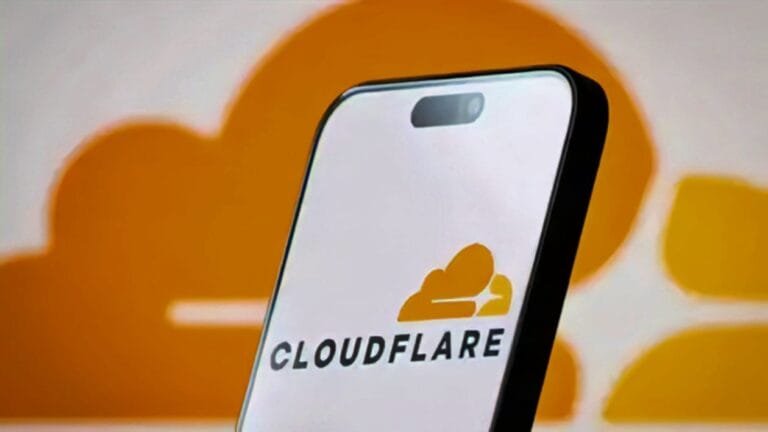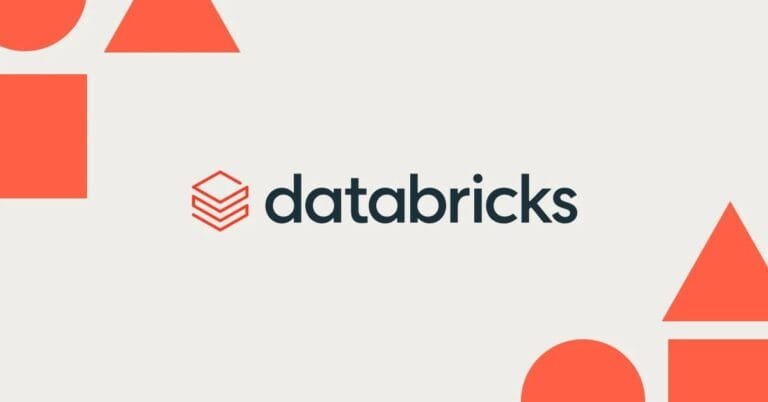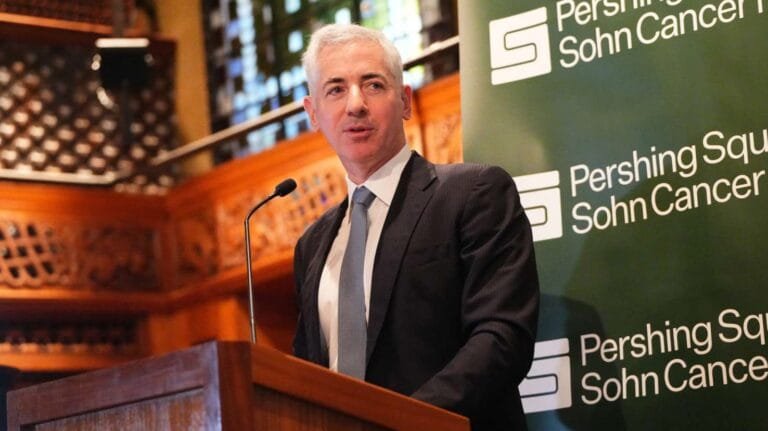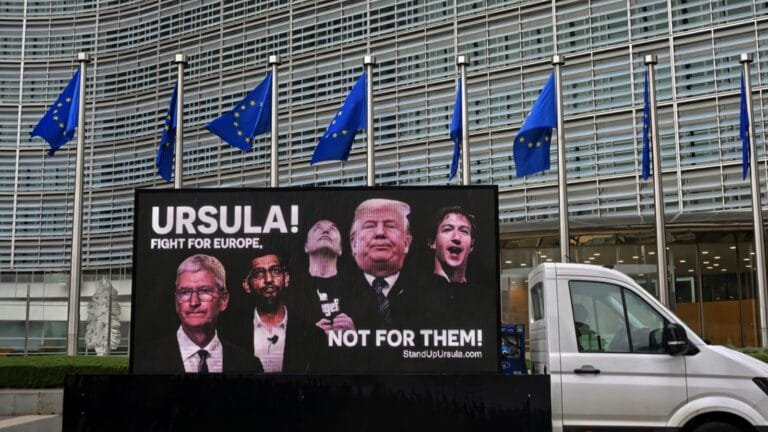
The ongoing Disney YouTube dispute has caused a multi-week blackout affecting millions of viewers.
The Disney YouTube TV dispute has caused a 14-day blackout, major losses, and subscriber frustration.
Disney and YouTube TV’s dispute is over distribution fees. Disney wants fair pricing for its channels. YouTube TV is demanding lower rates. The dispute began on October 31, 2025. That day, Disney’s channels were removed from YouTube TV. The affected channels include ESPN, ABC, and others. Disney says it is demanding market prices, matching the deals it receives from other providers. However, YouTube TV alleges that Disney is not offering fair offers. It claims Disney is pushing customers to its own services. Disney denies this. The company says YouTube TV wants lower rates than the market, which is not the first dispute. In 2024, Disney and DirecTV’s dispute lasted 13 days. Now, it has exceeded 14 days. This is Disney’s longest blackout, and the conflict continues. Negotiations are ongoing, but no agreement has been reached.
Discussing the Timeline
The timeline of the dispute is simple. The blackout began on October 31, 2025. The channels have been shut down since then. This is the 14th day until November 13, 2025. Disney CFO Hugh Johnston said this could take some time. The company warned in its earnings report that no progress was made in the first week. YouTube TV offered customers a $20 credit. This credit is opt-in and customers have to request it themselves. Negotiations continued in the second week, but no deal was reached, and Disney outlined the risks in its 10K filing. The company says it cannot predict the duration of the blackout. College football and NFL matches were affected. Ratings for the Dallas Cowboys vs. Arizona Cardinals game on November 3 dropped 21%, a loss during the sports season.
Impact on Disney on Disney YouTube TV dispute
Disney is suffering significant losses. According to Morgan Stanley, the company is losing $30 million per week, which translates to a loss of $60 million over 14 days. This loss of $4.3 million per day is what caused the stock to fall. Shares were trading at $116 on Wednesday. Morgan Stanley maintained an overweight rating with a target price of $140. However, the dispute impacts EPS by $0.02 per week, and Disney’s sports unit is affected. ESPN is a key player. Fourth-quarter revenue grew 2% to $3.98 billion, but operating income declined 3% to $908 million. Despite this, revenue remained flat for the full year, at $17.67 billion. Operating income increased 20% to $2.88 billion, a figure the company hedged in its guidance. It is prepared for a prolonged dispute. Disney is focusing on DTC ESPN, which launched in August. As of September 30, there were 2.1 million sign-ups.
Impact on YouTube TV on Disney YouTube TV dispute
YouTube TV is also suffering. The company offered a $20 credit, but it could lose subscribers. The first price hike in 2025 led to the loss of 500,000 subscribers, but many returned for the football season. But blackouts could lead to further losses. YouTube TV is the No. 4 pay-TV provider and wants to become No. 1. Cord-cutting is shrinking competitors. The company bundles NFL Sunday Ticket, paying $2 billion annually. The seven-year agreement is unclear, but losing subscribers reduces revenue. Alphabet Inc., with a market value of over $3 trillion, is a small issue for it, but its reputation is impacted.
Statements from both sides
Disney CEO Bob Iger said the company is working hard to reach a timely deal and then seeks a price-based agreement. CFO Hugh Johnston warned the dispute could take some time. YouTube TV says Disney isn’t making a fair offer. It rushed through the final stages, and the company alleges Disney is diverting subscribers to its own services.
Disney denies this, saying YouTube is demanding lower rates than the TV market, and Federal Communications Commission Chairman Brendan Carr pressured it with few concessions. He does this in other disputes as well, citing financial analysis estimated by Morgan Stanley. A 14-day blackout results in a $60 million loss. Each additional week impacts EPS by $0.02. Disney earns $1.6 billion annually from distribution. This is from legacy pay-TV, yet Disney is moving into streaming. Disney+ and Hulu subscribers are at 195.7 million, an increase of 12.4 million. The company took 70% control of Fubo, adding 6 million subscribers.
Conclusion: What the Disney YouTube Dispute Reveals About the TV Industry
The dispute could end soon. Analysts say a deal could be reached this week, but Disney is prepared. It has created a long-term hedge. After that, Disney will focus on DTC. The ESPN app is successful. 80% of subscribers are on the Disney bundle. Growth is expected in 2026, which will expand the YouTube TV bundle. It wants to capture the living room and benefit from cord-cutting, but such disputes are common in the industry. However, long blackouts are rare.
Customers can choose alternative services like Hulu + Live TV or Fubo. Also, the conclusion is that the dispute between Disney and YouTube TV continues. The blackout has been going on for 14 days and Disney is suffering huge losses due to it. Shares have fallen. Both sides are talking, but no deal has been reached. Customers are upset. They are getting credit but the channels are blocked and Disney wants fair prices. YouTube TV is demanding lower rates. Streaming will increase in the future. So legacy TV will decline. This dispute reflects that change. We hope it is resolved soon. Customers benefit.





